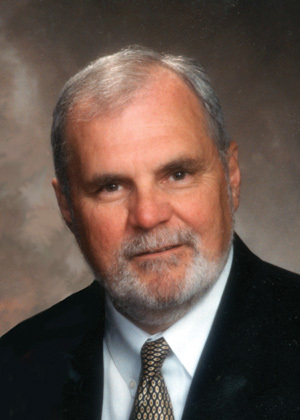May 2011
 View Full Print Edition
View Full Print EditionBusiness Briefs

Business Briefs
By Ethanol Producer Magazine Staff

Business Briefs
By Staff
People, Partnerships & Deals
By Biorefining Magazine Staff

Business Briefs
By Staff
Columns

See you in Court, err… Arbitration?
By Matthew H. McKinney

Is More Really Less?
By Morgan Gallagher

Germany's E10 Introduction—A Drama not to be Repeated
By Robert Vierhout

Driving to Real Ethanol Policy Transformation
By Bob Dinneen

Maps, Abstracts, Energy Savings and Oxymorons
By Susanne Retka Schill

Answering the Call
By Tom Buis

Prepping Biomass for World Dominance or at Least Healthy Growth
By Rona Johnson

Standardized Analytical Methods for Biomass Fuel Characterization
By Carolyn Nyberg

What's My Strategy?
By John Dolan and Matt Graham
Four Steps to a Successful Joint Venture in China
By Richard Weiner
Primary Catalyst Screening
By Jeff Yoder
Can We Talk?
By Michael McAdams
Tech License
By Ron Kotrba

Let's Get Serious
By Ron Kotrba

Structuring a Successful Co-location Project
By Dean R. Edstrom

Energy Farming Methods Mature, Improve
By Richard Palmer
Featured

Start at the Beginning
By Kris Bevill
Corn and switchgrass have been modified to become more efficient feedstocks.
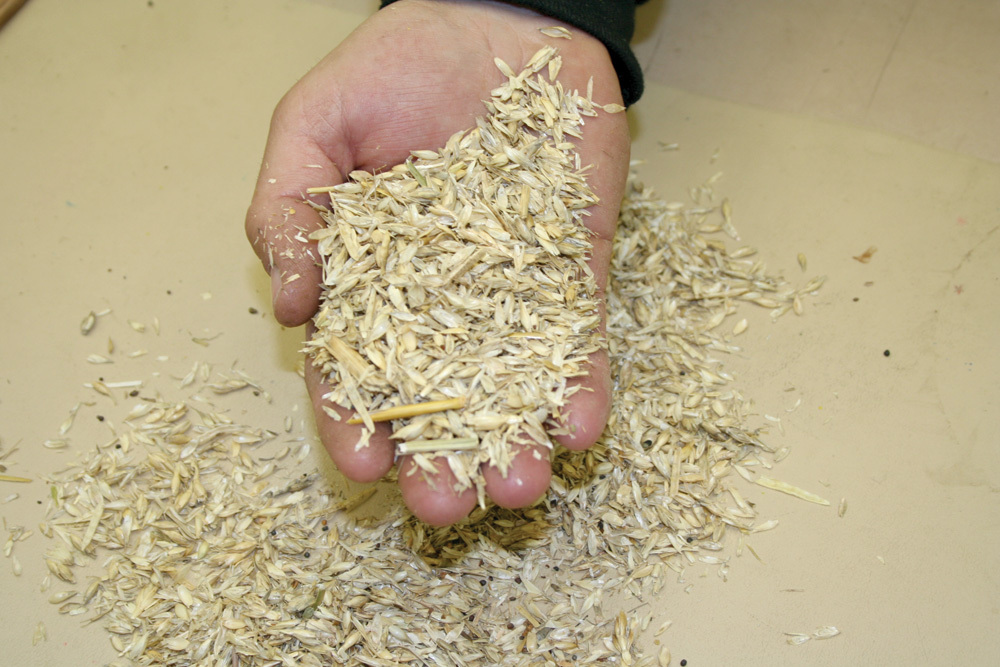
Knocking Natural Gas Off Its Throne
By Holly Jessen
With an eye toward both energy costs and environmental concerns, ethanol producers are embarking on innovative energy projects
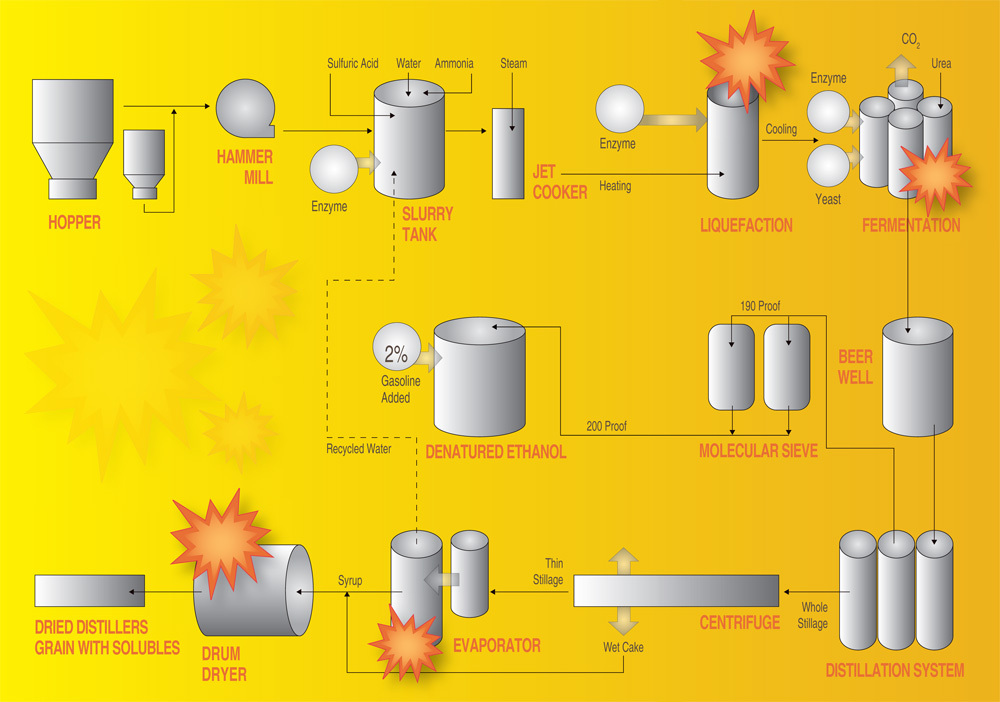
Improvement Hot Spots
By Kris Bevill
Tight margins make efficiency improvements key to ethanol plant profitability
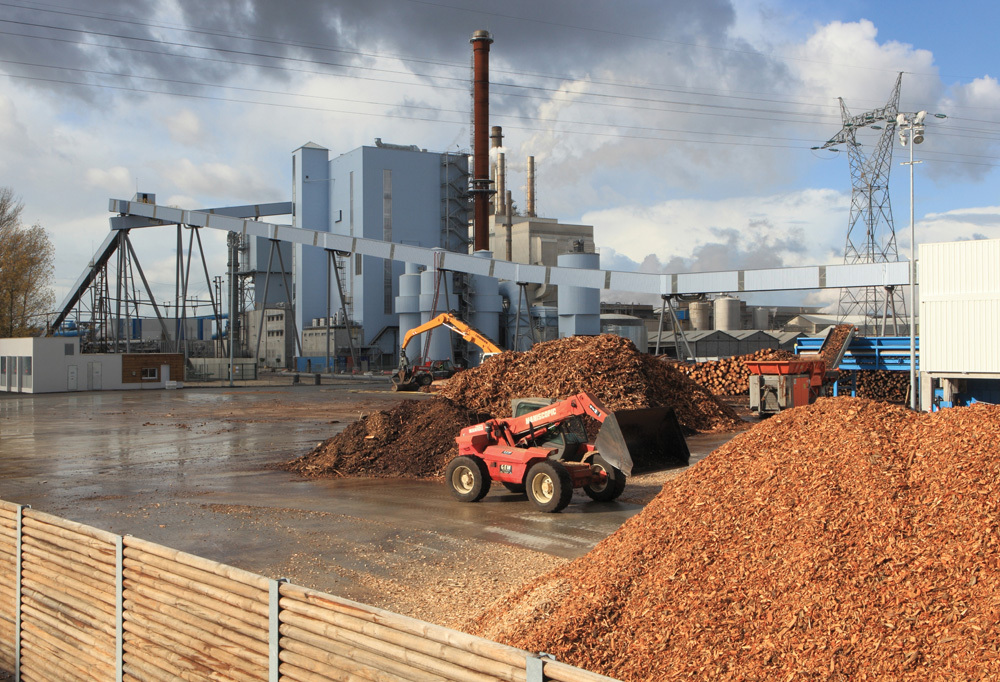
Big Biomass
By Lisa Gibson
European energy provider Dalkia recently commissioned the largest biomass combined-heat-and-power plant in France. Its co-location with a paper mill provides a number of beneficial exchanges between the two operations.
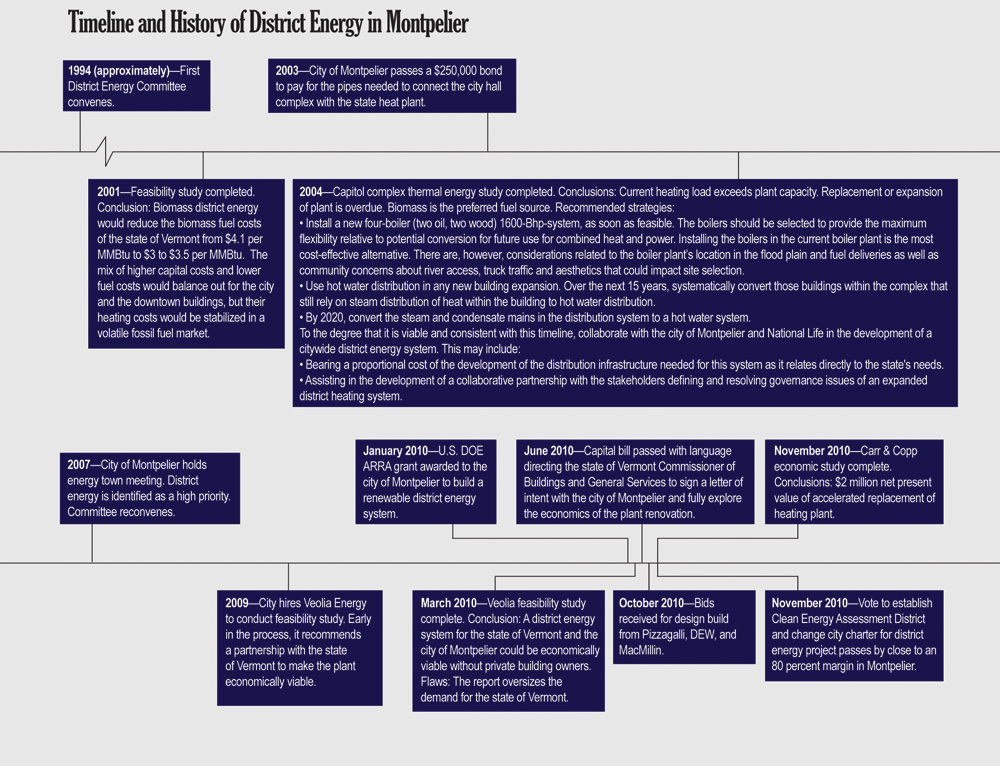
Energy Center
By Lisa Gibson
A necessary upgrade to a centuries-old district heating system in Montpelier, Vt., represents an opportunity for a cleaner technology and an expanded distribution system.
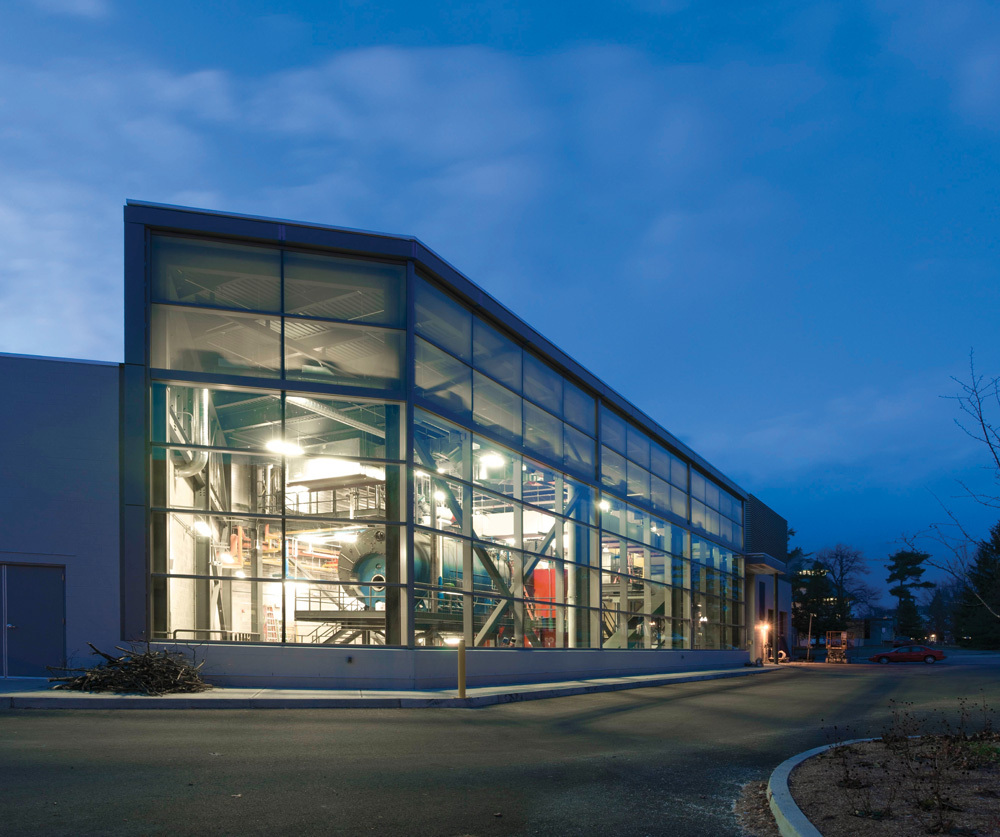
District Energy on Campus
By Anna Austin
Biomass district heating and cooling could save most college campuses lots of money and it fits well with green initiatives, but these projects require rigorous planning and up-front capital costs are high.

CHP: Cutting It at Sawmills
By Anna Austin
A cogeneration plant can make a world of difference when paired with a struggling saw mill, but several things must be in place for a project to pan out economically.
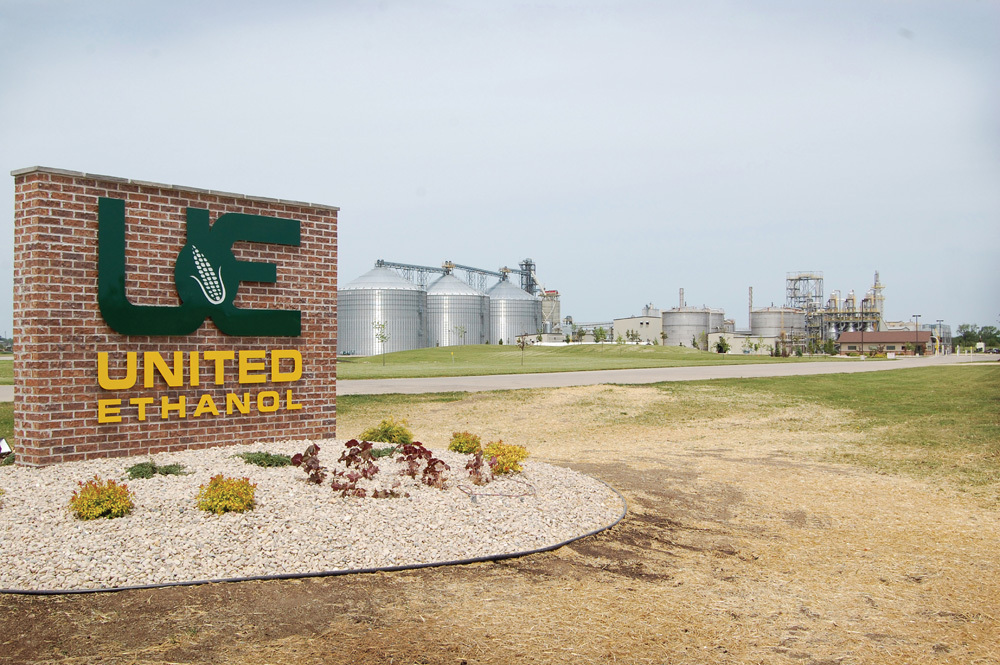
Ethanol Producers Embrace Biomass Power and Thermal
By Holly Jessen
With an eye toward both energy costs and environmental concerns, ethanol producers are embarking on innovative energy projects.
Contract Compatibility
By Bryan Sims
How long-term feedstock and off-take agreements are negotiated, and the role they play in project development
A Stamp of Approval
By Erin Krueger
USDA's BioPreferred voluntary labeling program provides consumers with a clear way to distinguish biobased products from those derived from petroleum
Ineos Bio has begun construction on a commercial-scale biorefinery. What does it mean for the industry?
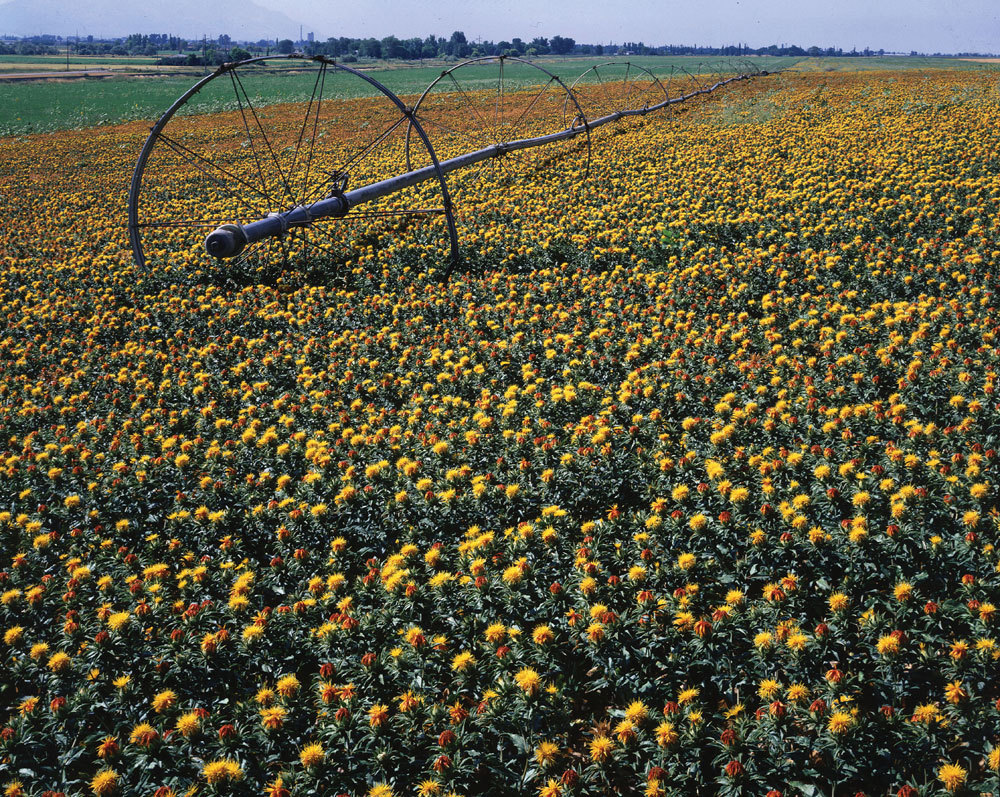
Feeding a Need
By Erin Krueger
Ample biodiesel feedstock is available to meet the short-term goals of RFS2, but researchers all around the country diligently work to build out the feedstock base

Reasons to Invest
By Staff Report
Why biodiesel investment is the right choice
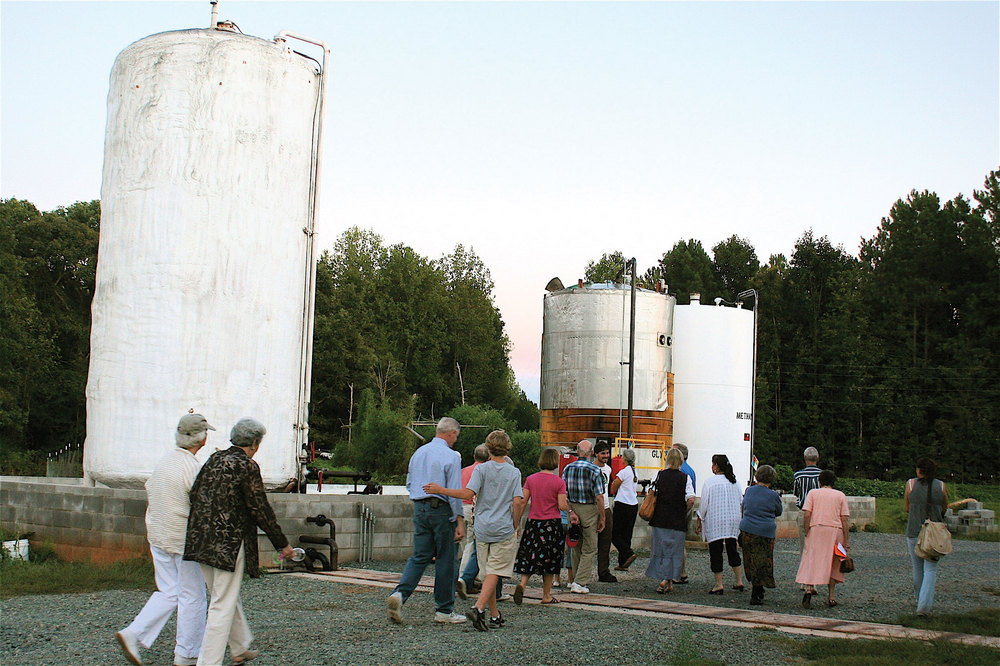
The Importance of Outreach
By Luke Geiver
Producers know the value of their product—with a little effort so could everyone else
Contributions
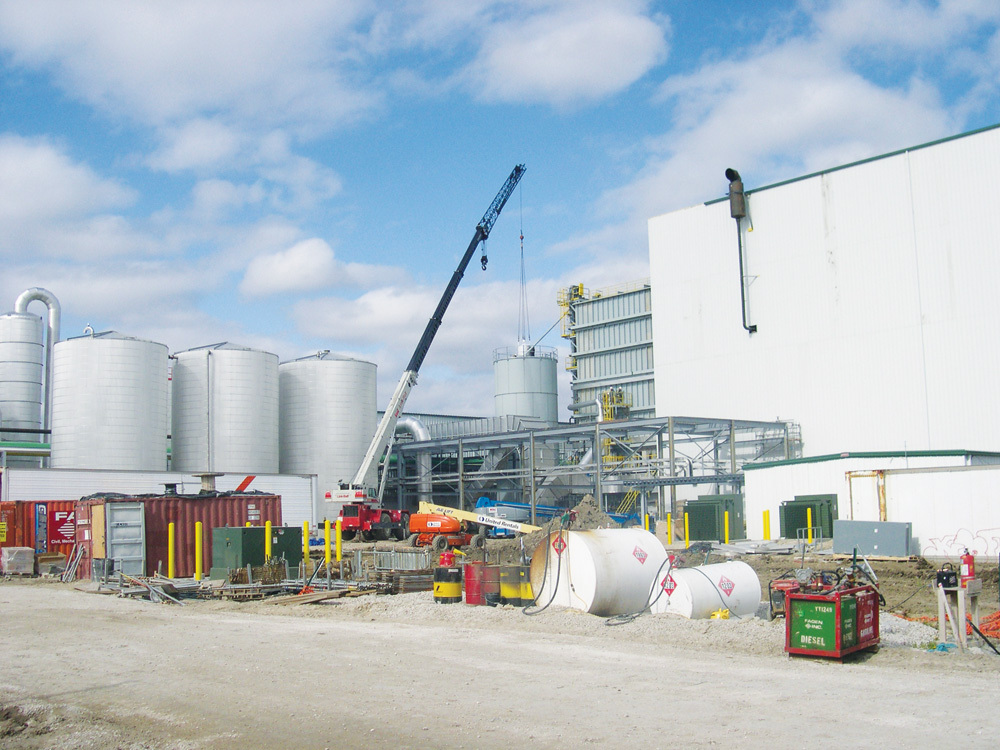
Loan Guarantees and Great Expectations
By Todd Alexander and Chadron Edwards
Revisions to the USDA Section 9003 Biorefinery Assistance Program create opportunities

Shale Play Transforms Natural Gas Economics
By Michael Trakhtenberg
Small changes in the natural gas supply are making a profound difference in the market

Missouri's Cogeneration Powers Biomass Production
By Christopher Chung
Just 10 years after Thomas Edison introduced the first energy recycling program to the U.S. in 1882, the University of Missouri-Columbia began operating a combined-heat-and-power plant—much like Edison's at Pearl Street Station.

Renewable Energy Certificates and Renewable Portfolio Standards
By Jonathan Dettmann, Andrew Ritten and Angela Snavely
To participate in the Renewable Energy Certificate market, one must be able to navigate differing state standards and to adjust to still-evolving state, regional and federal initiatives.

Safety Solutions Tailored to Biogas Plants
By Johannes Steiglechner and Volker Schulz
While the complexity of biogas plants tends to be underestimated, operators have sole responsibility for ensuring the safety and health of employees and the general public.

Pennycress Biodiesel: Good for America?
By Kenneth C. Reed
Interest in the oily, grow-anywhere weed drives development

